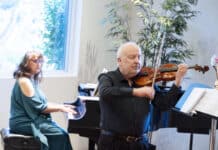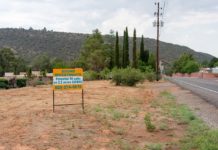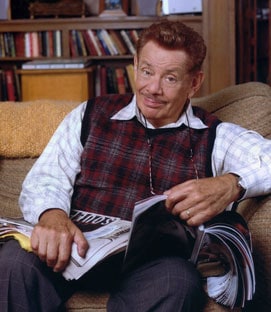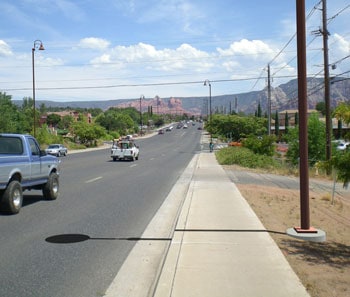Some Sedona residents doubted it could be done, but after architect students proved that it could, the question remains, will it?
On Thursday, March 12, five students from the University of Arizona’s Drachman Institute presented their hypothetical designs for affordable housing in Sedona.
The presentation came months after the city’s proposal to increase density from 12 units per acre to 20 was shot down by the Planning & Zoning Commission after the public begged the commission not to recommend it Aug. 19.
The proposal would have allowed developers to build 20 units per acre, if for every two market-rate units over 12, there was one affordable unit.
According to Community Development Director John O’Brien, the public was concerned with what 20 units per acre would look like in Sedona.
In response to the public’s concern, five fourth-year students at Drachman Institute came up with free designs for three sites in Sedona.
“There are folks in communities who have had bad experiences, so there’s concern that affordable housing is detrimental to neighborhoods,” Director of Drachman Institute, Corky Poster, said. “Good design can alleviate a lot of concerns folks have. We’re here today to show what kind of design is possible.”
After visiting Sedona and researching its codes, the students’ designs met all of the city’s land development and design codes.
“We knew we wouldn’t have any credibility if we didn’t follow the rules,” Poster said.
The aspiring architects focused on a small site on Inspirational Drive, behind the Red Planet Diner; a medium-sized plot on Dry Creek Road and White Bear Drive; and a large plot, 6.3 acres, on Highway 89A and Southwest Drive.
With their designs, they hoped to prove that not only are 20 units per acre possible, but that they can be attractive too.
The students were inspired with Sedona’s natural beauty and each tried to preserve the natural landscape in their designs, while respecting existing views.
“The first challenge was to design in a way that is respectful and complimentary to something we could never be as beautiful as,” Poster said.
After watching their presentations, Sedona resident John Neville was concerned with keeping the costs of living in the house affordable.
Poster agreed that architects can’t just think about the cost to build.
“Affordable housing isn’t just about affordable building, it’s about affordable living,” he said.
According to Sedona contractor Keith Newton, building with a north/south orientation can keep utility costs down by keeping the house cooler in the summer and warmer in the winter.
With over 3,200 affordable units under his belt, Poster knows that for any affordable project to be successful, it requires subsidies.
No matter how clever the architect is, every affordable project has some type of subsidy, he said.
Subsidies for affordable housing can be in the form of land donations, grants or fee waivers, O’Brien said.
The Housing Commission has demonstrated a need for affordable housing, according to O’Brien, and a type of development similar to what the students proposed is possible.
Lack of vacant land and high cost of land make it difficult to build affordable houses in Sedona, O’Brien said.
Sedona’s residential land is about 70 percent built out and commercial land is about 83 percent built out.
“Much of the vacant land that remains has difficult topography, which makes affordable construction more difficult,” he said.
The students took the public’s comments back to Tucson and will go back to the drawing board with the public input.





















